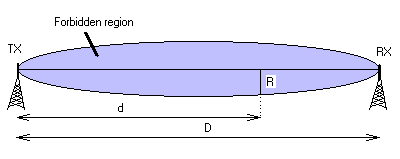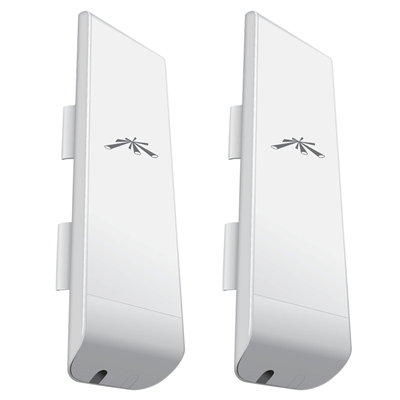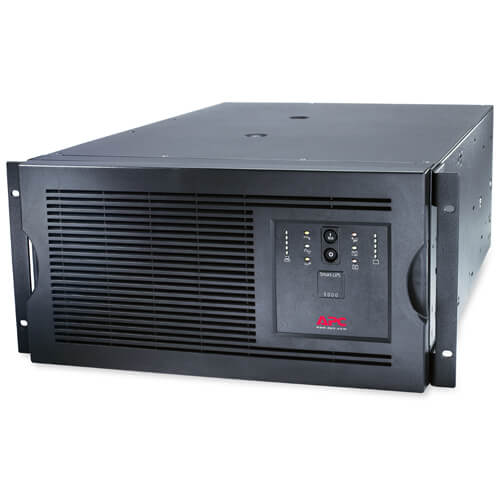The link between The Exorcist, Amateur Radio and Alan Turing.
A quick look at how the movie The Exorcist from 1973 has links to the late great Alan Turing via Mike Oldfield’s album Tubular Bells, Scotland and Amateur Radio. It’s Halloween so figured why not throw some horror in the mix.

When Mike Oldfield recorded Tubular Bells in 1973 he had no idea his first album on Virgin Records would be chosen as the soundtrack to The Exorcist later that year. Neither did he know that recording with Virgin Records would have an unintended consequence of hiding a secret message which dates back to 1926, shortly after World War One.
Read More









